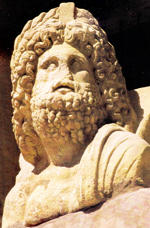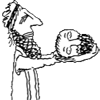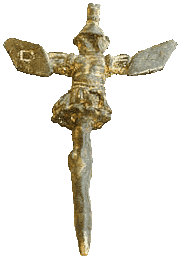Imaginary Friend
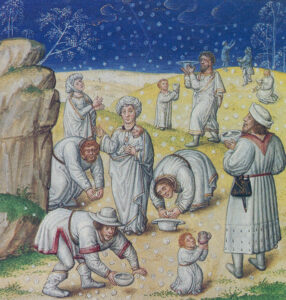
Jesus ben Phiabi, Jesus ben Sec, Jesus ben Damneus, Jesus ben Gamaliel …


Garden frolics?
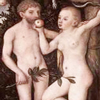


Fund raiser extraordinaire.
The fishy twelve
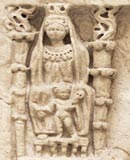
The original Mary was not a virgin. That idea was taken from pagan goddesses. Vesta, Diana, Artemis, Isis – the pagan world knew all about virgins getting pregnant by randy gods. In the gospels, the shadowy figure of Mary, destined to become the most pre-eminent of all the saints and Queen of Heaven, at best, is a two-dimensional nonentity. But a few centuries of creative story telling fused all the paraphernalia of pagan myths into the Christian one and fashioned a handmaiden for the Church of Rome.
Mother and child, pagan style.

Jesus packs them in

Christianity, like all religious movements, was born from myth-making and many currents fed the myth, including astrological speculation, pagan salvation cults, Hellenistic hero worship, and the imperial cult itself, manufactured at precisely the “time of Jesus”, with its own sacrificed saviour (Divus Iulius), its own gospel of a son of god (Res Gestae Divi Augusti), its own priests and temples, established in the very same urban centres which later witnessed the emergence of early Christianity. Ignorance of science and history, suspect logic, semantic trickery, and a showman’s pizzazz deceives the unsophisticated and packs in the fans of Jesus.
The truth is that Christianity grew from neither a god nor a man but out of what had gone before; a human Jesus was no more necessary than was a human Horus, Dionysos, Mithras, or Attis.
Can we explain the emergence of Christianity without its humanoid superstar? Of course we can.

